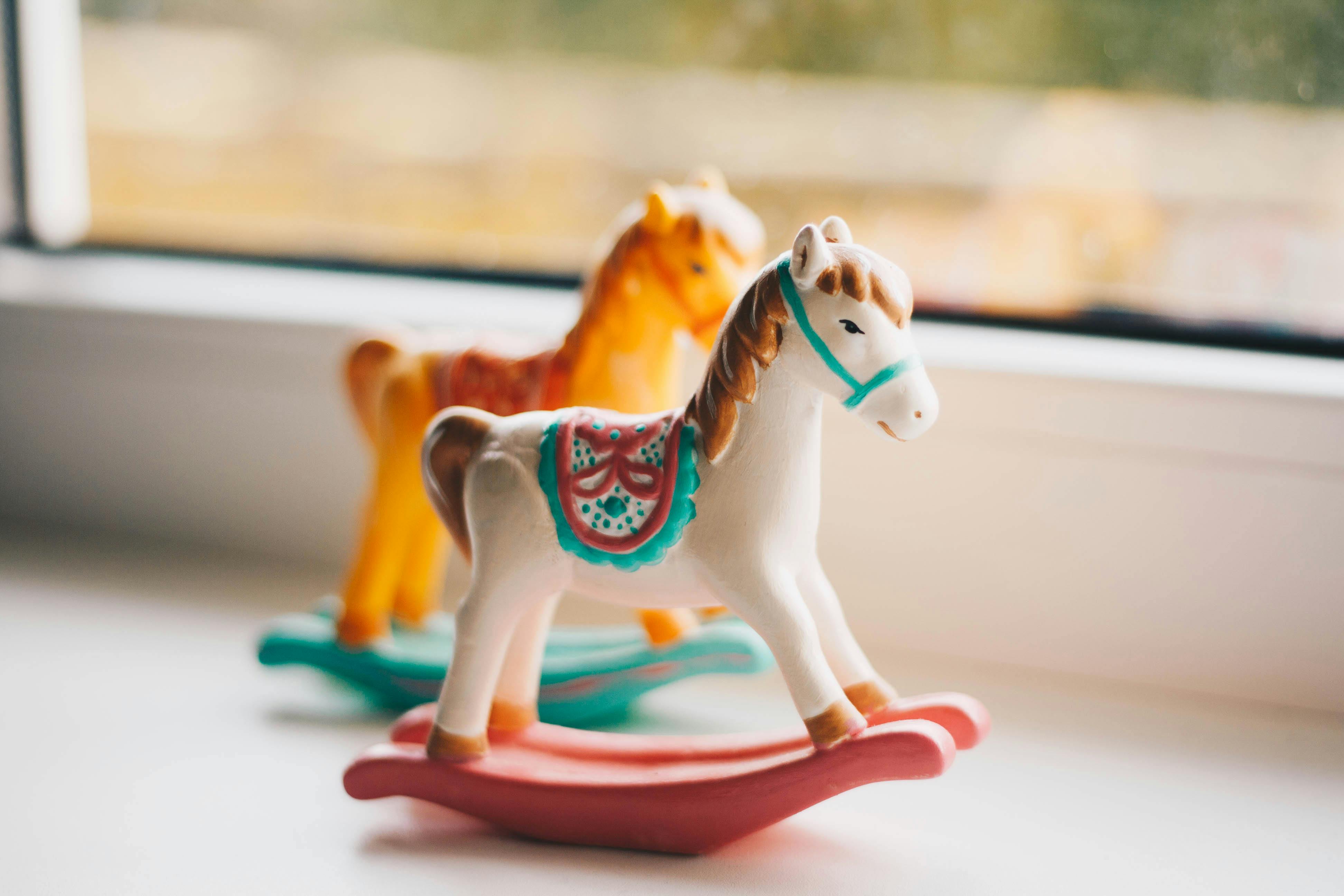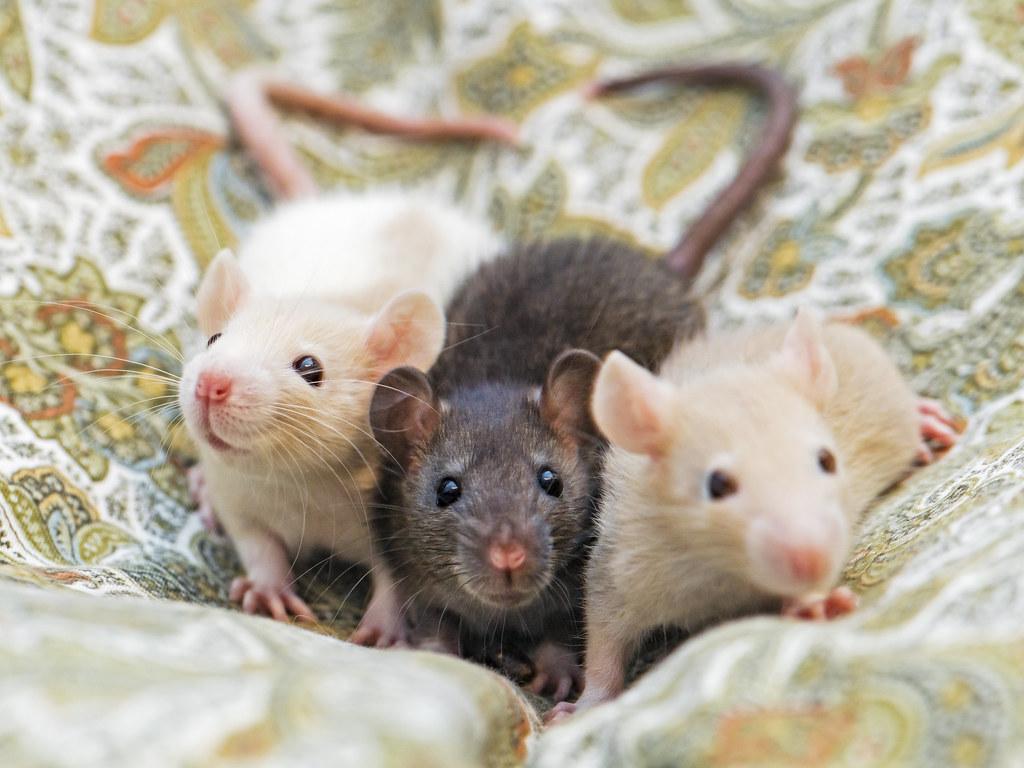When Can Babies Have Puffs is a common question among new parents. Puffs can be a great snack for babies, but it’s important to understand when they are developmentally ready to consume them. This article will provide an overview of when babies can have puffs, as well as tips on how to introduce them to your baby’s diet in a safe and healthy way.Puffs are small, bite-sized snacks made from a variety of ingredients such as cereal, cheese, potatoes, and other grains. They can be found in many different shapes and flavors and are often served as a snack or appetizer.
When Can Babies Have Puffs?
Puffs are a convenient snack for babies as they are soft and easy to chew. They are also a good source of carbohydrates, which can provide energy for your baby’s growing body. However, it is important to note that puffs can be choking hazards if not given at the right time.
In general, it is recommended that babies should start eating puffs around 8 months of age or when they have developed the ability to chew and swallow food. This means that they must be able to sit up independently and have good head control before introducing puffs into their diet. It is also important to ensure that your baby is supervised while eating puffs, in order to make sure they do not put too much in their mouth at once or choke on them.
Before offering puffs to your baby, it is recommended that you introduce other solid foods first. This will help them get used to chewing and swallowing food, as well as help them develop their oral motor skills which are essential for eating safely. Introducing a variety of textures and tastes will also help your baby become comfortable with different kinds of foods. Once your baby has mastered soft foods like purees and mashed fruits and vegetables, you can start introducing puffs into their diet.
When offering puffs to your baby, try breaking them into smaller pieces so they are easier for them to manage. You can also add some liquid such as breast milk or formula to soften the pieces further so that it is easier for your baby to swallow them without choking.
Overall, introducing puffs into a baby’s diet should be done carefully and gradually in order to reduce the risk of choking hazards. Babies should be given time to develop the necessary motor skills before introducing any new foods into their diet, such as puffs. With proper supervision and introduction techniques, parents can safely enjoy giving their babies this convenient snack!
Benefits of Puffs for Babies
Puffs are a great snack for babies. They are soft and easy to chew, making them a safe and healthy snack option for young children. Puffs come in a variety of flavors, so you can find something that your baby will enjoy. The texture of puffs also makes them a great choice for teething babies as it helps to soothe the gums and provide relief. Additionally, puffs are an excellent source of vitamins and minerals, including calcium, iron, and zinc. These essential nutrients help support your baby’s growth and development. Puffs are also very convenient as they come in portable packages that can be taken on the go.
Puffs are also great for developing your baby’s motor skills. The shape and size of puffs make them easy to grasp and manipulate with their hands, helping to develop fine motor skills. Furthermore, eating puffs helps babies practice their chewing motion as they learn how to feed themselves. This encourages self-feeding at an early age, which can help them become more independent with their mealtime routine.
In addition to these benefits, puffs are an affordable snack option for parents that won’t break the bank. They are typically sold in large packages so you get more bang for your buck compared to other snacks or treats. Puffs can be stored easily in a pantry or cupboard until they’re needed so you won’t have to worry about stocking up too often either.
Overall, there are many benefits that come with giving your baby puffs as a snack or treat option. They provide essential vitamins and minerals while helping to develop motor skills at the same time. Plus, puffs are affordable and convenient which makes them a great choice for busy parents who want something quick and easy that their baby will enjoy!
Introducing Puffs to Babies
Introducing puffs to babies is an important part of introducing solid foods. Puffs are a great way to introduce babies to self-feeding and can be introduced as early as 6-7 months old. Puffs are bite size pieces of cereal that dissolve easily in the baby’s mouth, so there is less risk of choking compared other finger foods. Babies can also practice their pincer grasp when picking up puffs, which helps with hand-eye coordination.
Before introducing puffs, make sure your baby has had a few other solid food items such as purees and mashed vegetables. This will help them get used to chewing and swallowing different textures. Then you can start by offering one or two pieces at a time in the beginning. Let your baby explore the texture and taste of the puffs before offering more. If your baby doesn’t seem interested, don’t force them but rather try again at another mealtime.
When introducing puffs, it’s important to make sure that your baby is seated upright in a high chair or on your lap so that they can swallow more easily and reduce the risk of choking or gagging on the pieces. During mealtime, be sure to closely supervise your baby while they enjoy their snack. Once they get used to eating puffs, you can offer larger pieces as long as they are not too big for them to handle safely.
Are Puffs Safe for Babies?
Puffs are a popular snack choice for babies, as they are soft, easy to chew, and come in a variety of flavors. However, there are some potential safety concerns when it comes to feeding puffs to babies. Puffs may contain small pieces that can pose a choking hazard if not chewed properly. Additionally, some puffs have added sugar and salt which can be unhealthy for babies in large quantities.
It is important to pay attention to the ingredients in the puffs you choose for your baby. Look for brands that have minimal added sugar or salt and no artificial flavors or colors. Be sure to check the label for any potential allergens such as dairy, wheat, or nuts. Additionally, make sure the pieces are small enough that your baby can easily chew them without posing a choking hazard.
When feeding puffs to your baby, it is important to always supervise them while eating and ensure they chew their food thoroughly before swallowing. It’s also important to remember that babies should not have more than one serving per day of any type of snack food as these foods should only be used occasionally as an addition to their balanced diet of breast milk or formula and other nutritious foods such as fruits and vegetables.

Different Types of Puffs for Babies
Puffs are a great snack for babies and toddlers as they dissolve quickly in the mouth, making them easy to eat and digest. They come in a variety of shapes, sizes, and flavors, so there’s something to appeal to every baby. Here are some of the most popular types of puffs available for babies and toddlers.
Fruit Puffs: These are made with real fruit puree, providing essential vitamins and minerals for your baby’s growth. They also offer a sweet flavor that is sure to please your little one’s taste buds.
Cheese Puffs: Cheese puffs are a great source of calcium for growing bones and teeth. They have a mild cheesy flavor that is sure to be loved by your baby.
Multi-Grain Puffs: These are made with oats, wheat, corn, and other grains. They provide plenty of fiber and protein for healthy digestion and growth.
Veggie Puffs: Veggie puffs are made with real vegetables such as carrots, peas, sweet potatoes, potatoes, spinach, kale, broccoli and more. They offer essential vitamins and minerals along with a yummy vegetable flavor that your baby will love.
Organic Puffs: Organic puffs are free from artificial colors or flavors. They contain only natural ingredients that have been grown without the use of synthetic pesticides or fertilizers.
No Sugar Added Puffs: These puffs don’t contain any added sugar or artificial sweeteners like some other brands do. This makes them an ideal choice for babies who need to watch their sugar intake due to health reasons or dietary restrictions.
Signs That Your Baby Is Ready for Puffs
Now that your baby is growing, you may be wondering when it’s time to start offering puffs. Puffs are a great snack for babies that are just starting to explore solid foods. But, how do you know if your baby is ready? Here are a few signs that your baby is ready for puffs:
1. Your Baby Can Sit Up Unassisted – Sitting up unassisted will help your baby to have better control of their head and neck movements while eating. If your baby can sit up on their own, they may be ready for the challenge of trying puffs.
2. Your Baby Can Pick Up Small Objects – Puffs are small and require some dexterity to pick them up and eat them. If your baby has already started picking up small objects like Cheerios or other small snacks, then they may be ready for puff snacks as well.
3. Your Baby Is Showing Interest in Food – If your baby has started reaching out and grabbing at food when you’re eating or showing interest in the food that you’re eating, then it could be a sign that they’re ready to start exploring new foods like puffs.
4. Your Baby Has Good Hand-Eye Coordination – Good hand-eye coordination will help your baby navigate picking up puffs and getting them into their mouth with relative ease. If your baby has good control over their hands and can follow objects with their eyes, then they may be ready to try puffs.
These are just a few signs that can indicate that your baby is ready for puff snacks. Remember to always consult with your pediatrician before introducing any new foods into your baby’s diet!
Feeding your baby puffs
Puffs are a great snack for babies as they are easy to chew and swallow. They’re also a great way to introduce your baby to the world of solid foods. Here are some tips for feeding your baby puffs:
1. Start with single-ingredient puffs: When first introducing puffs to your baby, look for varieties made from single ingredients, such as banana or apple. This will help you know exactly what’s in the puff and if your baby has any allergies or sensitivities.
2. Choose an age-appropriate size: Puffs come in a variety of shapes and sizes. Choose an age-appropriate size for your baby so that they can handle it without choking.
3. Offer the puff in a cup or bowl: You can offer the puff in a cup or bowl filled with milk, formula, breast milk, yogurt, or pureed fruits and vegetables. This will help make it easier for your baby to eat the puff without choking on it.
4. Let your baby practice picking up the puff: Allow your baby to practice picking up and holding the puff on their own before offering them help with feeding it to them. This will help them build their fine motor skills while also teaching them how to self-feed.
5. Offer finger foods alongside the puffs: Finger foods such as pieces of soft fruit or cooked vegetables can be offered alongside the puffs so that your little one can practice self-feeding and learn how to chew other types of food besides just puffs!

Conclusion
Babies can start eating puffs as soon as they can sit up and hold their head steady, which is usually around 6 to 8 months old. Puffs are a great first food to introduce to babies as they are easy to chew and swallow and provide them with important nutrients. Parents should also make sure their babies are always supervised while eating puffs and that any choking hazards are removed from the area. Puffs can be an excellent way for parents to help their babies transition into solid foods safely.
It’s important for parents to remember that all babies develop at different rates, so it’s important to consult with a doctor before introducing any new foods into a baby’s diet. With the right supervision, puffs can be an excellent addition to the diet of an infant or toddler and provide them with essential vitamins and minerals needed for healthy growth and development.




